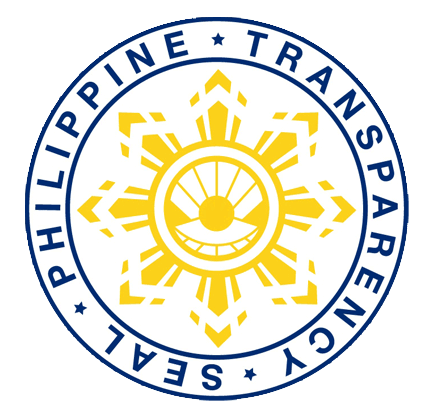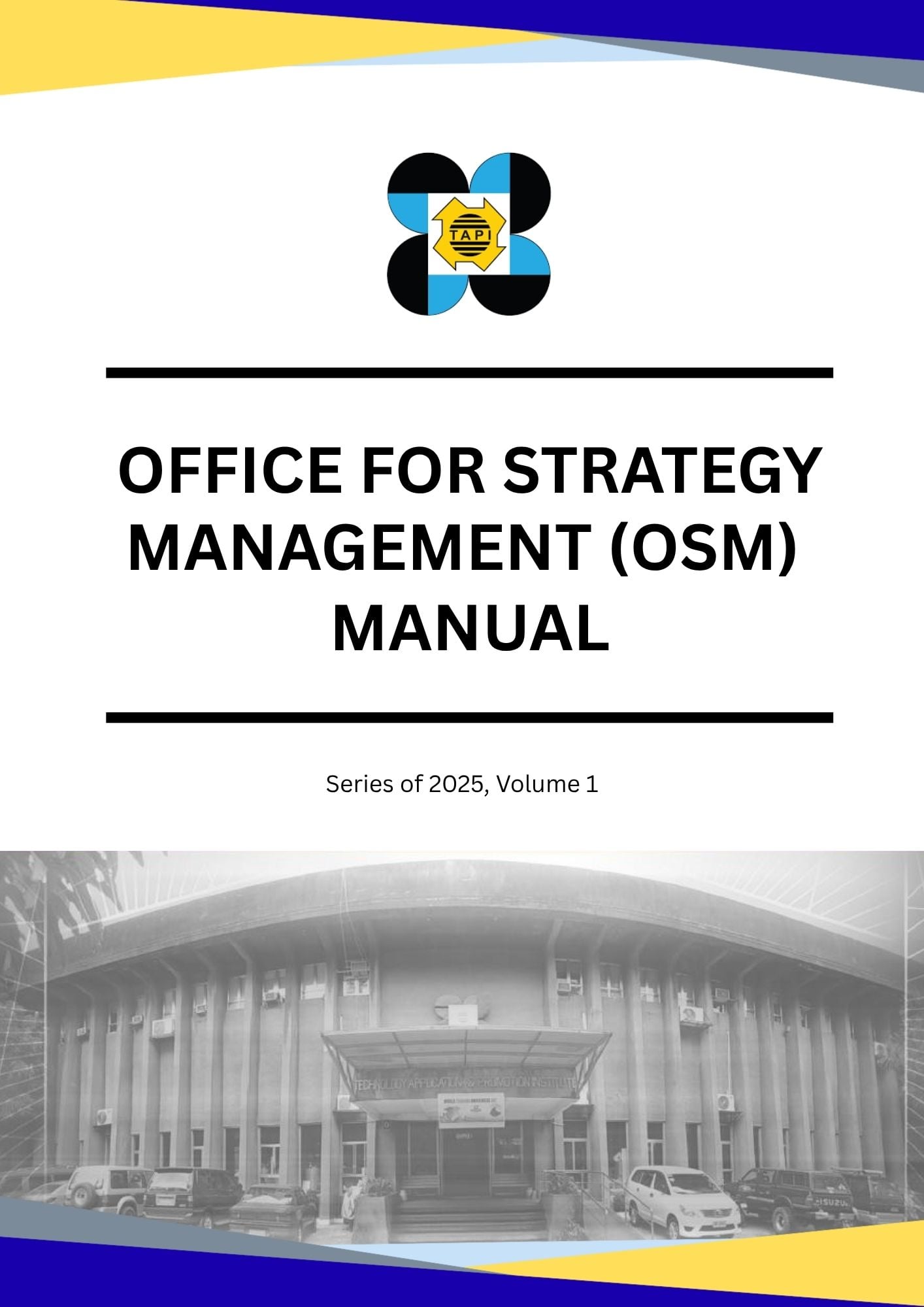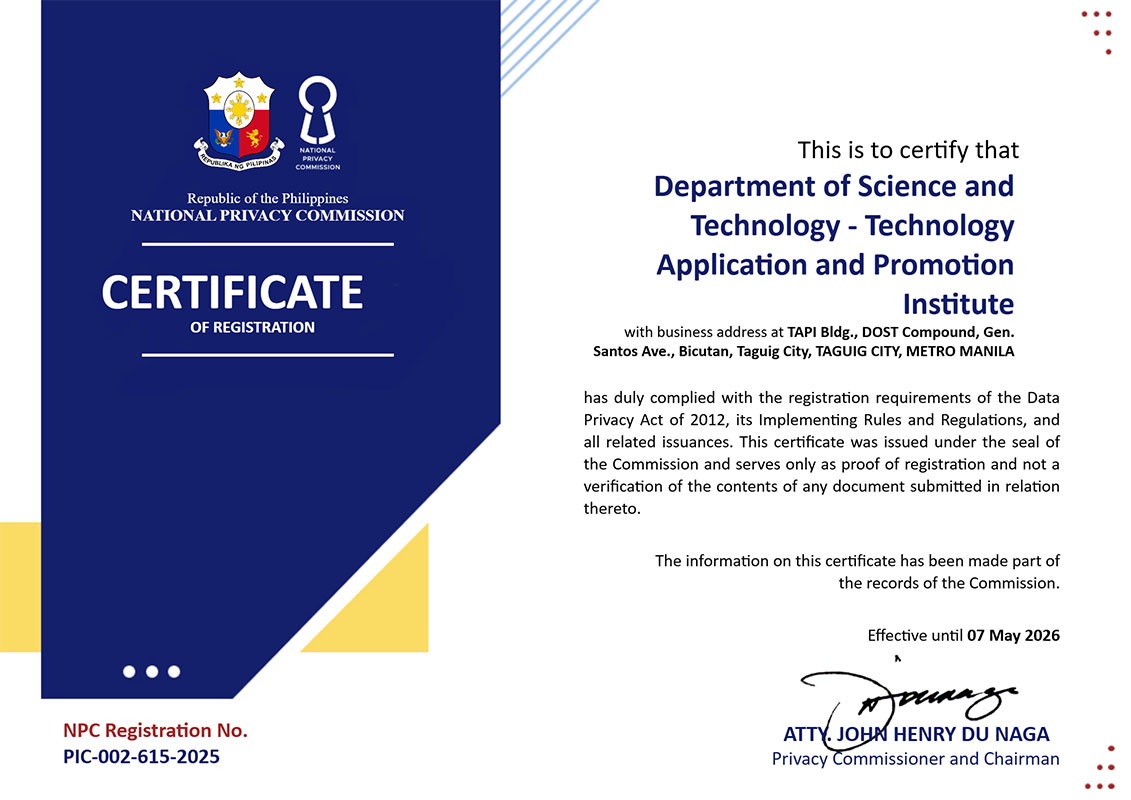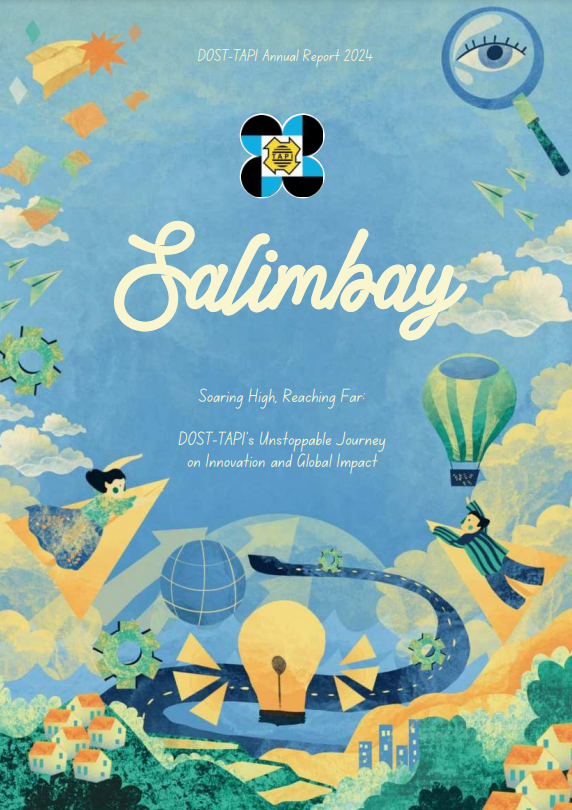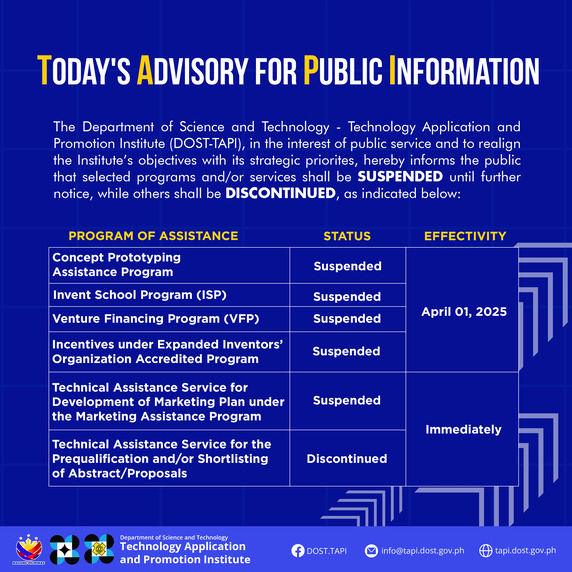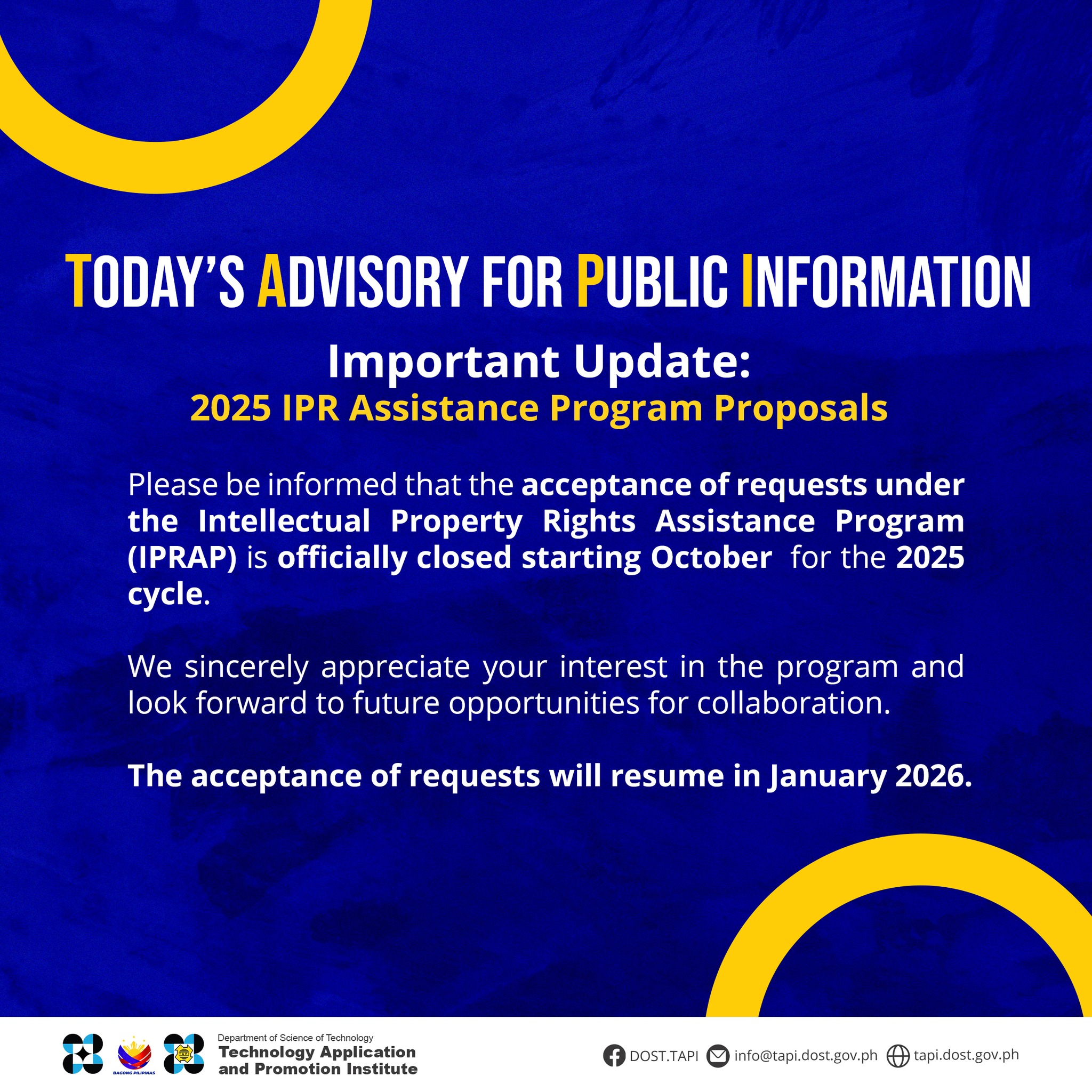- Details
By Aiya Rodjel
How a nationwide campaign is inspiring Filipino creatives to champion homegrown technologies

TAGUIG CITY — What does it take to turn Filipino innovations into moving stories worth sharing? For the Technology Application and Promotion Institute under the Department of Science and Technology (DOST-TAPI), the answer lies in meeting aspiring storytellers where they are. That’s why DOST-TAPI has been hosting in-person and virtual pocket launches since the campaign’s launch last October.
DOST-TAPI utilizes GAxD in-person pocket launches as a strategic platform to achieve two main goals. First, the launches clearly communicate the campaign’s rules and regulations to all interested participants. Second, face-to-face gatherings maximize the opportunity for promotion of local innovations. While each launch is designed to clarify requirements and eligibility, all events featured unique and tailored sessions to boost engagement.
- Details
By Aiya Rodjel
The Gawad Alunig x Dalumat (GAxD) campaign extends entry submission deadline to December 5, 2025

TAGUIG CITY (November 27, 2025) — Due to popular demand, the Technology Application and Promotion Institute under the Department of Science and Technology (DOST-TAPI) has extended the submission deadline for Gawad Alunig x Dalumat (GAxD) entries to December 5, 2025.
In response to strong public interest and numerous requests for additional time, the agency is extending the deadline. This gives participants more room to refine their submissions and to welcome even more storytellers into this year’s showcase of proudly Filipino tech innovations.
The GAxD campaign is a platform for Filipinos to use their creative storytelling and leverage shareable and engaging content to propel Filipino technologies to the national stage. It also provides an opportunity for DOST-TAPI to extend support to innovations featured in selected GAxD entries.

